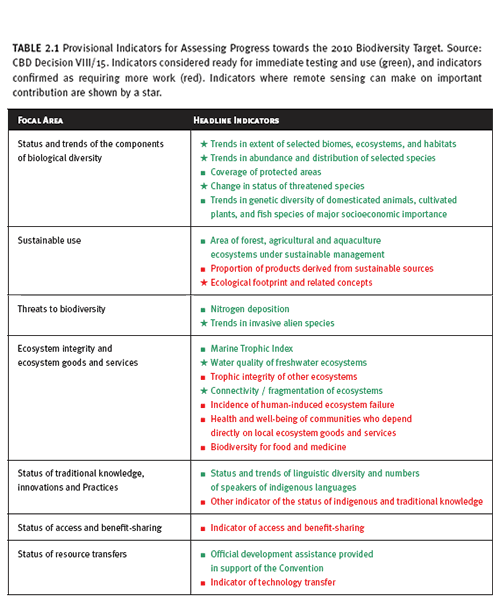

That is, they are (using the Kant's jargon) impressions, that doesn't necessary exist as noumena, they only exist as phenomena. Equivalent features can be found for non-living parts and living entities made of such parts, etc. So, dimensions are an emergent property of systems made by points.


The features that a system exhibits, which are not present on individual constituent subsystems, are called emergent.įor example, any point in a group of points that define a simple geometric form, like a square or a triangle, can't have a dimension. Uniqueness or unpredictability is then suppressed, resulting in ordered behaviour. This is kind of the opposite of emergent behaviour, where elements known to behave completely unpredictably, operate within constraints (roads) and have limited interactions (communication limited to vehicle position, indicators, lights). An example is modelling traffic as though it was a gas. It is very common for large groups of objects to be predictable, even when an individual element is not. Or maybe how degrees of freedom of constituents can be suppressed in group behaviour, like how superconductivity occurs below a certain temperature when the thermal motion stops it affecting bulk properties (electrons stop coupling to phonons). It sounds like you might be asking about uniqueness, or idiosyncrasy. They both concern bulk properties of systems where there there are groups of similar constituents, ie science. So it's opposite is the reductionist mode of explanation. Sometimes though, we find feedbacks that cause dynamic states to stabilise, eg chemical buffering, where pH is stabilised by equilibria between compounds - this can occur with just one set of the molecules involved, though it also scales up to a bulk property.Įmergentism is a mode of explanation, in terms of group or system properties. Units of crystal lattices, or kinetics of gas molecules, can predict bulk properties. We can use the simplest effective elements of a system, to predict it's behaviours. In general, reductionism is very successful. It can occur from very small scales, like whirlpools/vortices, or crystal nuclei, or ripples, beginning with half a dozen molecules, but also capable of scaling. It is something that happens in intermediate states between absolutely chaotic behaviour and rigidly ordered systems. Emergence isn't necessarily about smaller to bigger, although it is a property of groups or interactions.


 0 kommentar(er)
0 kommentar(er)
